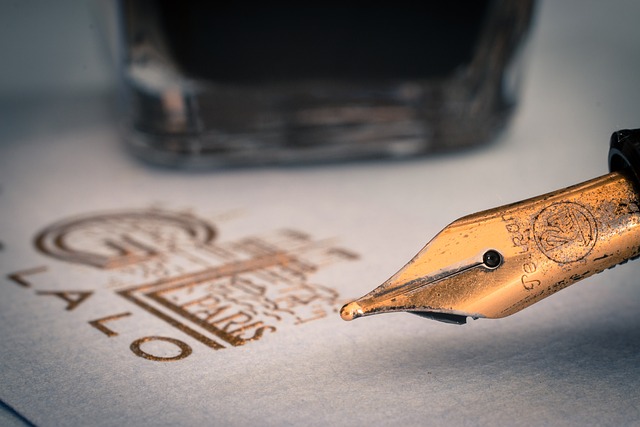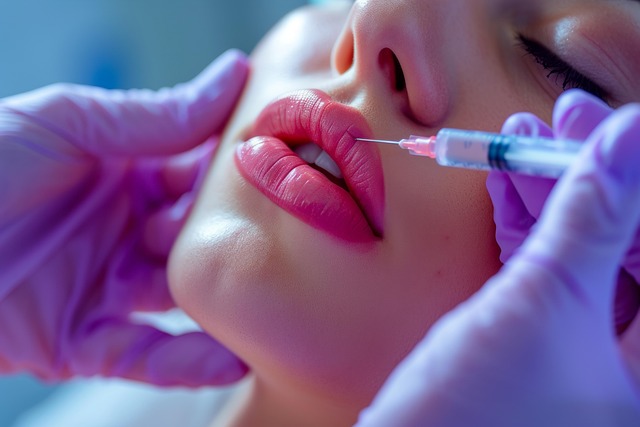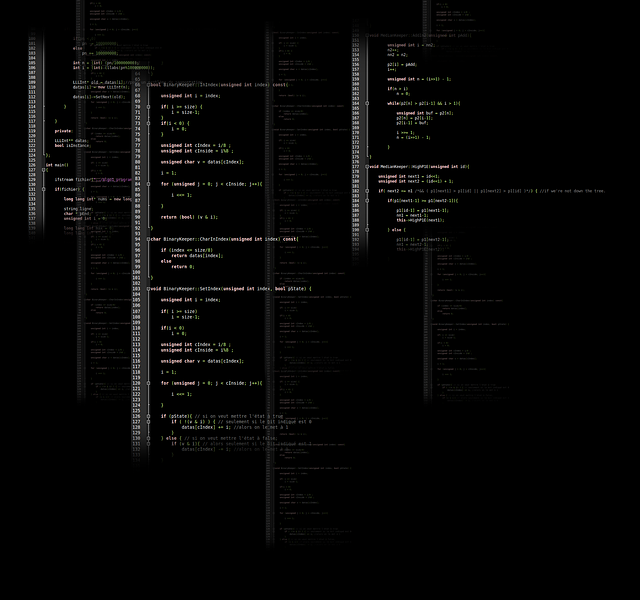Botox and dermal fillers are popular cosmetic treatments for line reduction, each with distinct mechanisms and effects. Botox, a neurotoxin, temporarily paralyzes muscles to prevent wrinkle formation, ideal for dynamic lines. Dermal fillers, composed of hyaluronic acid or collagen, add volume instantly for quicker visible results. Choosing between them depends on personal preference, budget, and desired outcome; both offer safe and effective options for achieving a youthful appearance. Botox is minimally invasive with quick recovery times, while dermal fillers provide longer-lasting effects at a higher cost. Proper post-care is crucial for optimal results regardless of the chosen treatment.
“Consider Botox for line reduction? This comprehensive guide explores the power of Botox in tackling fine lines and wrinkles. From understanding its mechanism of action to comparing it with dermal fillers, we demystify these popular anti-aging treatments. Learn about the potential benefits of Botox, what to expect during a treatment session, safety considerations, and choosing the right provider. Discover why the battle between Botox vs. dermal fillers continues to evolve in the world of aesthetics.”
Understanding Botox and Its Mechanism of Action

Botox, a popular cosmetic treatment, has gained recognition for its effectiveness in reducing facial lines and wrinkles. But what exactly is it, and how does it work? Botox is a neurotoxin produced by a specific type of bacteria called Clostridium botulinum. When injected into the skin, it blocks nerve signals that cause muscle contraction, leading to temporary paralysis or relaxation of the targeted muscles. This mechanism of action makes it an excellent option for treating dynamic lines and wrinkles, especially those caused by facial expressions like frowning or squinting.
Unlike dermal fillers, which add volume and plumpness to the skin, Botox works by preventing muscle activity from causing lines and wrinkles to form. It’s a popular choice for people looking to soften fine lines and prevent more pronounced wrinkles from developing. The procedure is minimally invasive, offering a quick recovery time with minimal downtime, making it an appealing option for those seeking a non-surgical approach to skincare.
The Role of Dermal Fillers in Line Reduction

When considering line reduction, it’s important to understand the options available beyond Botox. While Botox is a popular choice for smoothing fine lines and wrinkles, dermal fillers play a significant role in achieving similar results with a different approach. Dermal fillers are injectable substances that enhance skin structure by adding volume to specific areas, effectively reducing the appearance of lines and wrinkles from the outside in.
In comparison to Botox, which works by relaxing muscle activity to prevent wrinkle formation, dermal fillers provide instant results by physically plumping up the skin. This makes them a preferred option for individuals seeking quicker, visible improvements. The choice between Botox vs. Dermal Fillers ultimately depends on personal preference, budget, and desired outcome, with both offering safe and effective solutions for line reduction.
Comparing Effectiveness: Botox vs. Dermal Fillers

Potential Benefits of Botox for Fine Lines

Botox has emerged as a popular and effective non-surgical treatment for fine lines and wrinkles, offering several potential benefits over traditional dermal fillers. One of its key advantages is the ability to relax facial muscles, thereby reducing dynamic wrinkles caused by expressions like frowning or squinting. This makes it particularly appealing for treating forehead lines, crow’s feet, and other expression lines that can make one appear older than their years.
Unlike dermal fillers, which add volume and plumpness to the skin, Botox works by temporarily paralyzing muscles, creating a smoother and more youthful appearance. This non-invasive procedure is often considered less stressful for the patient and has a shorter recovery time. Additionally, as it’s a protein derived from bacteria, Botox offers a natural solution with minimal side effects, making it a preferred choice for those seeking a subtle yet effective lift without the risks associated with more invasive procedures.
What to Expect During a Botox Treatment Session

During a Botox for line reduction treatment, patients can expect a relatively quick and painless experience. The procedure typically involves a series of injections into specific muscle groups targeting expression lines and wrinkles. Unlike dermal fillers, which add volume to the skin, Botox works by temporarily paralyzing muscles, reducing the frequency and intensity of facial movements that contribute to wrinkle formation.
The number of injections and the areas treated will depend on the individual’s specific concerns and the expertise of the administering practitioner. Patients can usually resume their normal activities shortly after the treatment, though mild redness or swelling at the injection sites is not uncommon. It’s important to remember that Botox’s effects are temporary, lasting anywhere from 3 to 6 months, after which maintenance treatments may be necessary to maintain the desired results, a stark contrast to dermal fillers’ more permanent effects.
Safety and Side Effects: Considerations Before Treatment

When considering Botox for line reduction, safety and side effects are paramount. Unlike dermal fillers, which can cause issues like lump formation and asymmetry, Botox is generally considered safer due to its localized action. However, it’s not without potential drawbacks. Common side effects include temporary redness, swelling, or discomfort at the injection site. In rare cases, patients may experience more severe reactions such as headaches, nausea, or difficulty swallowing. It’s crucial to choose a qualified and experienced provider to minimize these risks.
Comparing Botox to dermal fillers, Botox offers a more subtle and natural-looking result, making it ideal for fine lines and wrinkles. Fillers, on the other hand, provide instant results but may not be as suitable for delicate areas like the eye region. Before treatment, patients should discuss their medical history, existing medications, and any concerns with their practitioner to ensure the best possible outcome while minimising potential complications.
Choosing the Right Provider for Botox Injections

When considering Botox for line reduction, choosing the right provider is crucial. It’s important to note that not all medical professionals are created equal when it comes to administering Botox or dermal fillers. Look for a qualified and experienced practitioner who specializes in aesthetic treatments. In the world of beauty enhancements, experience matters; a professional who has treated numerous patients with similar concerns can offer valuable insights and ensure optimal results.
In contrast to Botox, which works by relaxing muscles to reduce dynamic lines, dermal fillers enhance volume and elasticity. When deciding between the two, consider your specific goals. If you’re targeting fine lines and wrinkles, Botox may be the ideal choice. However, if you desire more substantial improvements in facial contouring, dermal fillers could offer a more pronounced effect. Always consult with a reputable provider who can guide you based on your unique needs and preferences.
Cost Analysis: Budgeting for Botox Line Reduction

When considering Botox for line reduction, one of the key factors that prospective patients often inquire about is cost. Unlike dermal fillers, which offer instant results, Botox treatments are typically more affordable in the short term, as they require less product to achieve desired effects. The cost of a Botox session can vary widely depending on several factors: the specific area being treated (facial lines tend to be more expensive), the amount of botulinum toxin used, and the reputation of the clinic or practitioner.
While initial costs for Botox treatments may be lower than dermal fillers, it’s essential to consider the long-term budget. Since the effects of Botox last between 3-6 months, regular treatments are necessary to maintain results, which can significantly impact overall expenditure over time. In contrast, dermal fillers provide more prolonged results and may be a more cost-effective option for those seeking longer-lasting solutions. However, it’s crucial to weigh these differences against the individual needs and desired outcomes of each patient.
Post-Treatment Care and Recovery Tips

After your Botox treatment for line reduction, proper post-care is essential for optimal results and to minimize any potential side effects. Here are some tips to ensure a smooth recovery process:
Firstly, it’s crucial to follow the recommendations provided by your healthcare professional regarding rest and activity levels. Avoid strenuous exercises or activities that may increase blood flow to the treated areas for a few days after the procedure. Additionally, keep the treatment sites clean and dry; gently wash the area with mild soap and water, and avoid using any harsh products or excessive friction. Applying a cold compress can help reduce swelling and provide some discomfort relief. Remember, Botox vs Dermal Fillers, both have their advantages, but proper post-treatment care is key to achieving the desired aesthetic results and ensuring a comfortable recovery.
